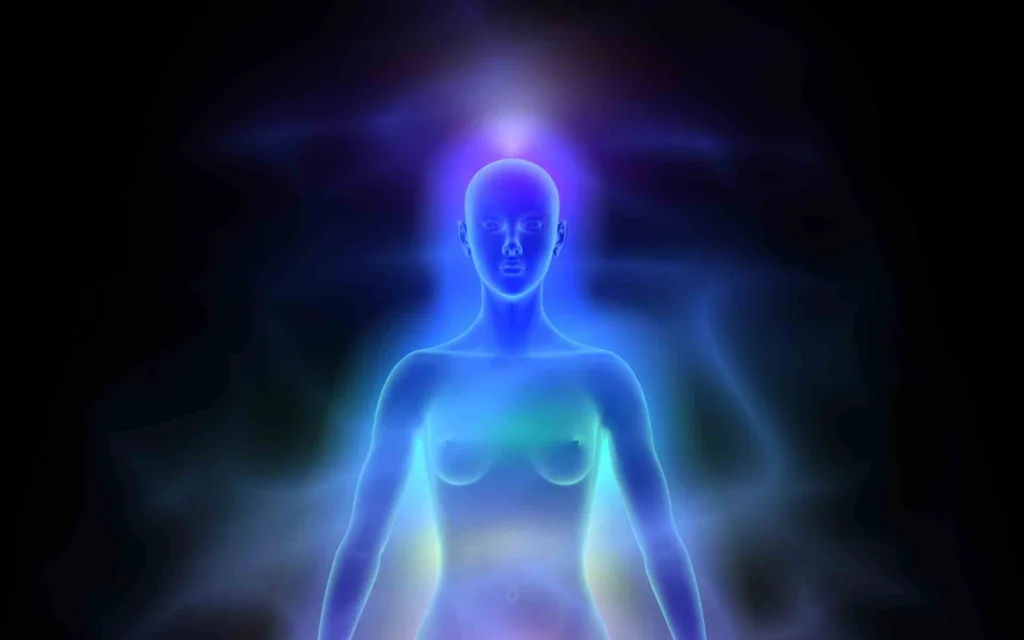The Dicyanian dye is a blue-coloured dye which is obtained from coal tar. The dye when coated on lens and weared as goggles gives you the power to see beyond the visible light spectrum.
It is believed that John Kilner, a British Medical Electrician used it to see beyond what is normal to the human eye and supposedly led him even to visualize human aura.
How Kilner made the Dicyanian Dye?
Kilner extracted the Dicyanian Dye from Coal Tar, a black substance that is a by product of coke and goal gas.
EChemi User Alexander Strong gave a suggestion to prepare Dicyanian Dye-
Dicyanin blue dye can be prepared by the action of KOH [potassium hydroxide] + atmospheric O [oxygen] on α-γ-Dimethylquinolinium salts.
Suggested Book: Dyestuffs and Coal-tar Products by Thomas Beacall
Kilner’s Book: The Human Atmosphere?
Kilner published his book, The Human Atmosphere in 1911. It was one of the first texts to study the human aura and claimed that the aura of a human showed their energy field. Weaker aura would mean illness, stress or bad mood. Similarly, a stronger aura would indicate a healthy person.
Kilner also made dyed screens made from coal-tar derived substance called the “Dicyanian Dye“. The dye was then applied to the glass screens and a sensitive photographic plate captured an image through the screens.
Kilner recorded that long term viewing through the lens was not recommended as it could be harmful for the eyes.
He also recorded that on several occassions, Kilner and his associates were able to study the aura which extended several inches away from the naked human body and in several layers. He called them the inner aura (dotted lines) and the outer aura (dashed lines).
Challenges Faced by Kilner
The Dicyanian Dye which was used to coat the Kilner screens were very difficult to extract.
To mend this, Oscar Bagnall, a biologist suggested substituting the dye with pinacyanol which is a cyanian dye and used in electrophotographic plates.
- IUPAC Name: (2E)-1-ethyl-2-[(E)-3-(1-ethylquinolin-1-ium-2-yl)prop-2-enylidene]quinoline;chloride
- Common name: Quinaldine blue
Kilner’s Glass
Kilner’s Glasses supposedly made it possible to see Human Atmosphere (Aura) through N-rays. He also proposed that studying the human aura could be helpful in medical cases.
#Note: N-rays were claimed to be discovered by French Physicist Prosper-René Blondlot but were later discovered to be non-existant.
In the case of Kilner it is highly probable that he saw some wavelengths of the UV light.
Decoding Kilner’s Glass
If something is visible only via the Dicyanian Glass, it is highly probable that the dye introduces some kind of fluorescence that would change the wavelength of the original light and make it visible for the human eye.
Minerals containing elements like zinc, uranium, or certain rare earth elements, if present as impurities in coal, could potentially cause fluorescence. Additionally, some organic compounds or aromatic hydrocarbons found in coal tar or coal-derived products might exhibit fluorescence under particular circumstances.
The aura visible through the Dicyanian coated glass could be probably “Ultraviolet Light”.

